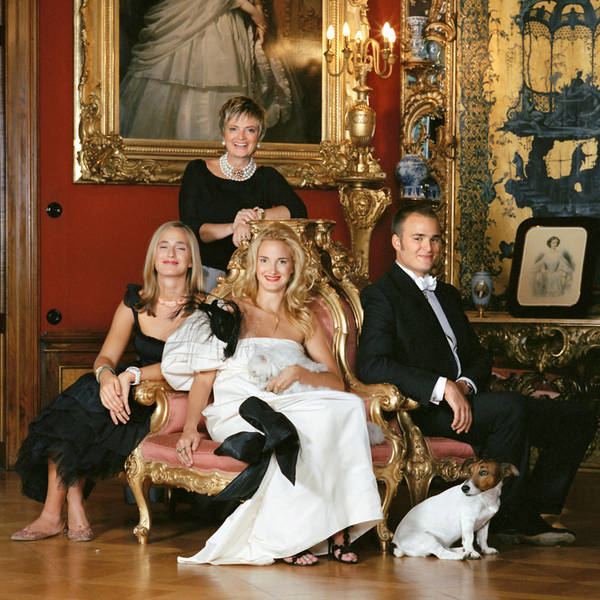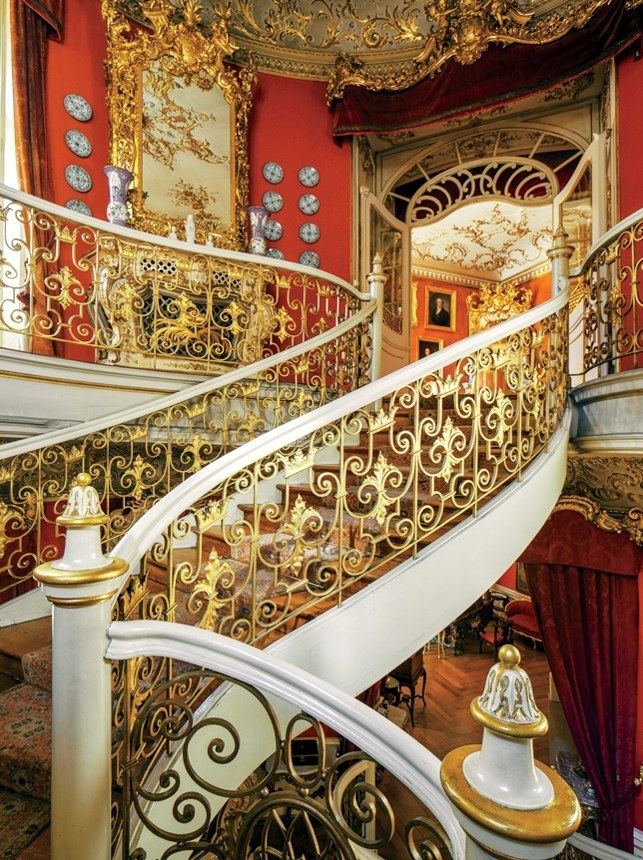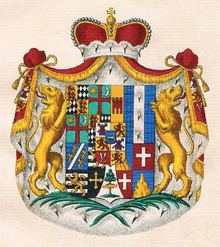Historical era Middle Ages | Government Principality | |
 | ||
The Princely House of Thurn and Taxis (German: das Fürstenhaus Thurn und Taxis, [ˈtuːɐ̯n ʊnt ˈtaksɪs]) is a German noble family that was a key player in the postal services in Europe in the 16th century and is well known as owners of breweries and builders of many castles.
Contents
Adventure through the princely house of thurn und taxis
History
The Tasso (from the Italian for "badger") were a Lombard family in the area of Bergamo. The earliest records place them in Almenno in the Val Brembana around c. 1200 before they fled to the more distant village of Cornello to escape feuding between Bergamo's Guelf Colleoni and the Ghibelline Suardi families. Around 1290, after Milan had conquered Bergamo, Omodeo Tasso organized 32 of his relatives into the Company of Couriers (Compagnia dei Corrieri) and linked Milan with Venice and Rome. The recipient of royal and papal patronage, his post riders were so comparatively efficient that they became known as bergamaschi throughout Italy.

Ruggiero de Tassis was named to the court of the emperor Frederick the Peaceful in 1443. He organized a post system between Bergamo and Vienna by 1450; from Innsbruck to Italy and Styria around 1460; and Vienna with Brussels around 1480. Upon his success, Ruggiero was knighted and made a gentleman of the Chamber. Jannetto de Tassis was appointed Chief Master of Postal Services at Innsbruck in 1489. Philip of Burgundy elevated Janetto's brother Francisco to captain of his post in 1502. Owing to a payment dispute with Philip, Francisco opened his post to public use in 1506. By 1516, Francisco had moved the family to Brussels in Brabant, where they became instrumental to Habsburg rule, linking the rich Low Countries to the Spanish court. The normal route passed through France, but a secondary route across the Alps to Genoa was available in times of hostility.

The name Thurn und Taxis arose from the translation into German of the family's French title (de La Tour et Tassis or de Tour et Taxis). Charles V named Giovanni Battista de Tassis as master of his post in 1520; Maximilian I expanded their network throughout the Holy Roman Empire. In 1624, the family were elevated to grafen ("counts") and they formally adopted the German form of their name in 1650. They were named "princely" in 1695 at the behest of the emperor Leopold I. Their postal service was lost in pieces over the centuries, with the Spanish network being bought by the crown in the 18th century and the German post being purchased by Prussia after the fall of the Free City of Frankfurt in 1866.

Rainer Maria Rilke wrote his Duino Elegies while visiting Princess Marie of Thurn and Taxis (née princess of Hohenlohe) at her family's Duino castle. Rilke later dedicated his only novel The Notebooks of Malte Laurids Brigge to the princess, who was his patroness. Marie's relation to Regensburg's Thurn and Taxis is rather distant, however; she was married to Alexander Thurn and Taxis, a member of the family's branch that in the early 19th century settled in Bohemia (now Czech Republic) and became strongly connected to Czech national culture and history.
Several members of the family have been Knights of Malta.

The current head of the house of Thurn and Taxis is HSH Albert II, 12th Prince of Thurn and Taxis, son of Johannes and his wife, Gloria. The family is one of the wealthiest in Germany. The family has resided in St. Emmeram Castle in Regensburg since 1748. The family's brewery was sold to the Paulaner Group (Munich) in 1996, but still produces beer under the brand of Thurn und Taxis.
Princes of Thurn and Taxis
The Thurn and Taxis family came to massive media attention during the late 1970s through mid-1980s when late Prince Johannes married Countess Mariae Gloria of Schönburg-Glauchau, a member of an impoverished but mediatized noble family. The couple's wild, "jet set" lifestyle and Princess Gloria's over-the-top appearance (characterized by bright hair colours and avante garde clothes) earned her the nickname "Princess TNT".
